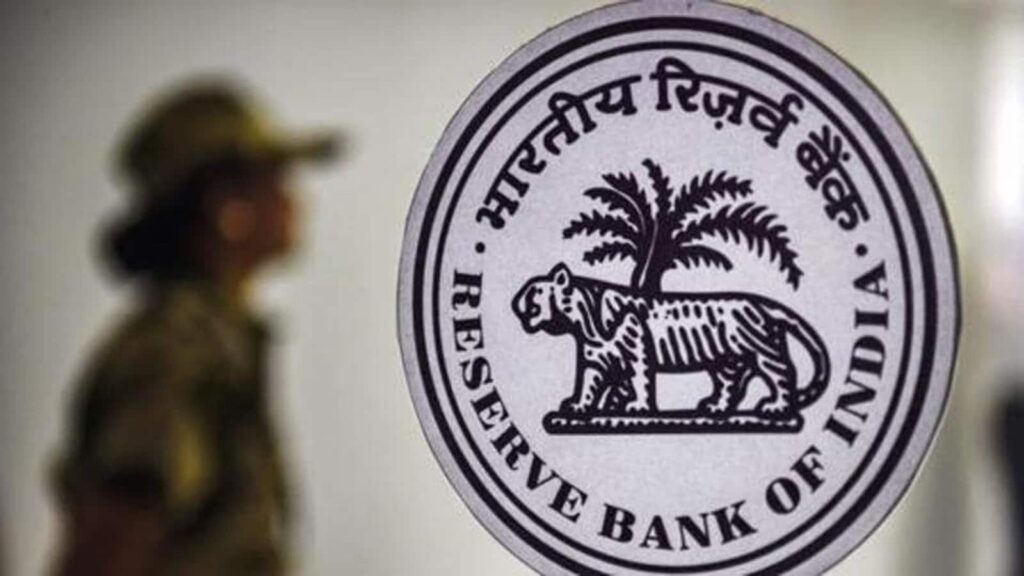Retail inflation, as measured by Consumer Price Index (CPI), stood at 5.1% in January 2024, according to data released by the National Statistical Office (NSO) on Monday. While the headline inflation print has shown a significant moderation in January compared to its December 2023 print of 5.7%, the number was marginally higher than the Bloomberg forecast of 5%. Experts have attributed this mild negative surprise in inflation numbers to the stickiness in food inflation, especially in vegetables. Some analysts have noted that high-frequency food price data for February suggests that the headline inflation might not change much this month either.
To be sure, there is nothing in the January inflation numbers to raise a red flag. Core inflation, which measures the non-food non-fuel part of the CPI basket, reached a 50-month low in January. This shows that the Indian economy is the opposite of overheated right now. However, the lower-than-expected relief in food inflation has only added more weight to the Reserve Bank of India (RBI) Monetary Policy Committee (MPC)’s hawkish tone on account of food inflation fears. The MPC has been highlighting the threat of food price pressures spilling over into general prices, which it has underlined, can undo the gains on the inflation management front. The January inflation numbers and expectations of food price pressures remaining unchanged in February also suggest that monetary policy will continue to retain its hawkish stance to prevent any food-driven spillover into overall inflation. While the MPC is acting rationally within its mandate, the continuing gap between core inflation and food inflation highlights the limitations of the inflation-targeting approach as the usual tools at the disposal of MPC can do precious little to control food prices. The government has been intervening actively in food markets to ease price pressures, which are more likely to be determined by seasonal factors than policy interventions.
What does this mean for the course of monetary policy in the near future? Barring a strong seasonal correction in food prices, RBI is unlikely to soften the tone in its next meeting. Of course, things could change if central banks in advanced economies start reducing interest rates and RBI follows suit. Until either of these things happens, consumers and investors may have to bear with the higher interest rates.
Continue reading with HT Premium Subscription
Daily E Paper I Premium Articles I Brunch E Magazine I Daily Infographics


